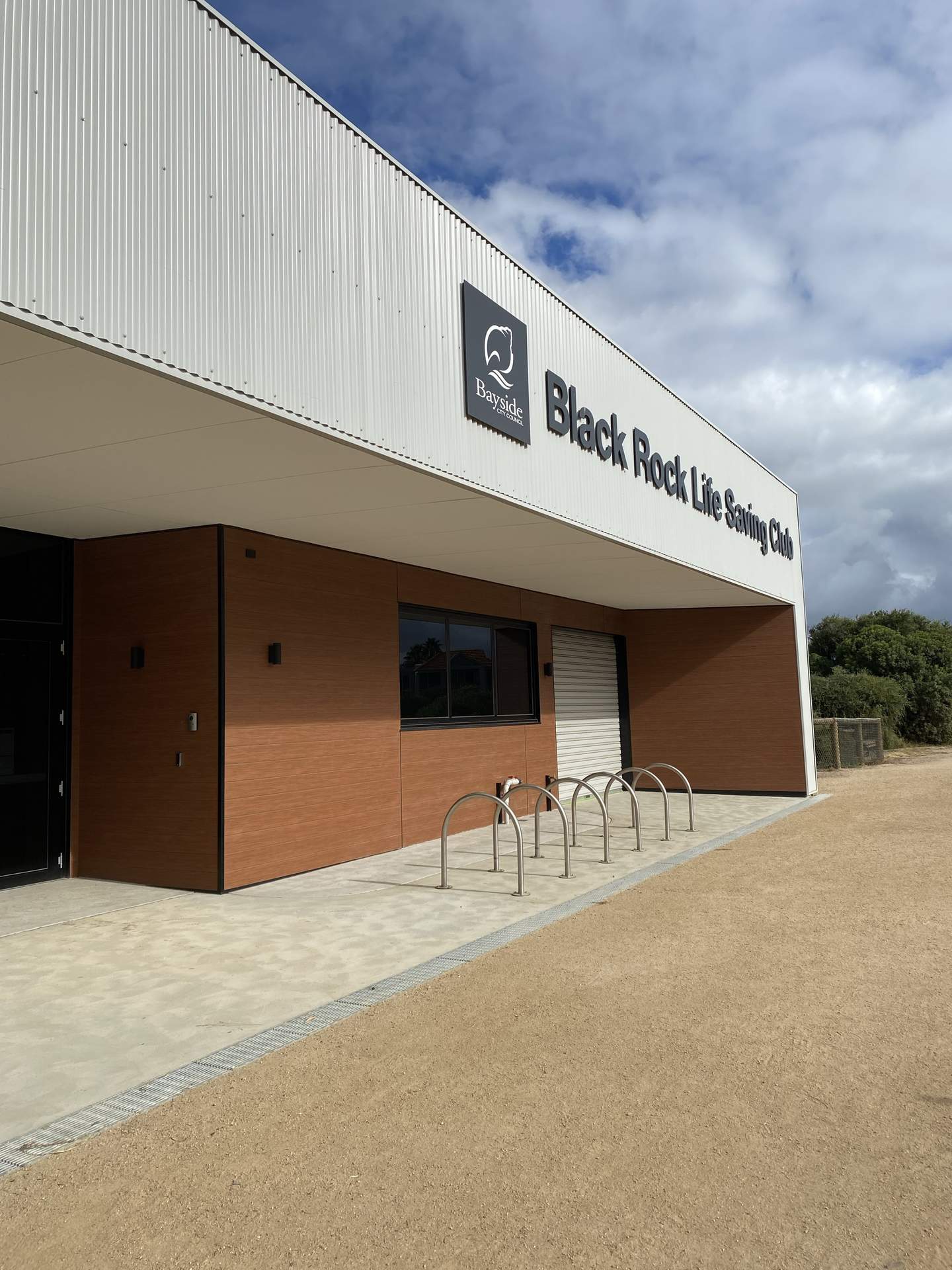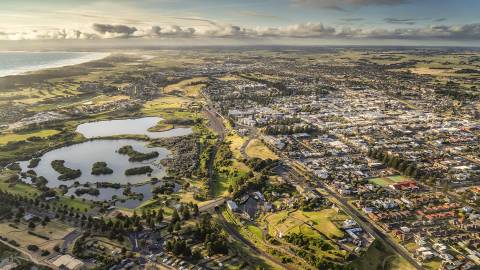Today’s National Accounts show Australia’s growth is subdued but steady in the face of higher interest rates, high but moderating inflation and ongoing global uncertainty.
The economy grew a little but not a lot.
Even weak growth is welcome growth in the circumstances.
The economy grew 0.2 per cent in the December quarter, to be 1.5 per cent higher through the year, according to the Australian Bureau of Statistics.
Growth slowed over the year but held up in the quarter.
Slow growth is still significant growth given challenging global conditions and the impact of higher interest rates.
The UK and Japan both finished the year in recession. Around a quarter of G20 nations have recorded a technical recession or narrowly avoided one, and yesterday Chinese authorities announced that they expect a period of softer growth to continue there.
Today’s new numbers show we are not immune from slowing global growth, strained supply chains and the uncertainty and volatility from conflicts in Europe and the Middle East, but the Australian economy continues to grow.
Since the Albanese Government came to office, Australia has recorded the second largest economic expansion and the fastest employment growth compared to the major advanced economies.
While the Australian economy is better placed than most, we know many people and businesses are still doing it tough and cost of living pressures continue to bite.
Higher interest rates continue to burden family budgets, with mortgage interest costs rising to $28.5 billion at the end of last year and discretionary spending falling.
Household consumption remains weak, growing just 0.1 per cent in the quarter and 0.1 per cent through the year.
Australians are also spending less on renovations and fixing up their homes, with dwelling investment 3.8 per cent lower in the quarter.
Today’s figures show Australians are earning more and keeping more of what they earn.
Wages per employee grew 0.4 per cent in the quarter, to be 5.0 per cent higher through the year. This is faster than the inflation measure in the National Accounts, and further evidence that real wage growth is now back as a feature in our economy.
Income tax payable fell by $3.0 billion in the quarter, a fall of 3.3 per cent. Workers will keep even more of what they earn from 1 July when the Albanese Government’s cost‑of‑living tax cuts begin flowing for every one of Australia’s 13.6 million taxpayers.
Since coming to Government, we have helped secure pay rises for minimum and award wage earners, funded a rise for aged care workers, and changed the law to support secure jobs and better pay.
We see stronger and sustainable wage growth as part of the solution to the challenges Australians confront.
The welcome pick‑up in wages, the resilient labour market and a fall in income tax payable contributed to a rise in the savings ratio to 3.2 per cent. It also means that real gross disposable household income is now rising in annual terms, growing 1.5 per cent in the quarter to be 0.3 per cent higher through the year.
The National Accounts measure of consumer prices moderated to 4.6 per cent through the year, down from 5.6 per cent in the previous quarter and consistent with the easing in the Consumer Price Index.
The National Accounts show the welcome turnaround in business investment under the Albanese Government is continuing. Growth in this quarter was driven by building construction investment.
New business investment has grown every quarter since the election and gained 0.7 per cent in the quarter to be 8.3 per cent higher through the year. It fell nearly two thirds of the time under our predecessors.
Productivity has now increased for two consecutive quarters, lifting by 1.0 per cent in the September quarter and 0.5 per cent in the December quarter.
This is encouraging, but we know that quarterly movements can be volatile and that it will take some time to turn around the longstanding weakness in productivity growth that we inherited.
The Government’s cost‑of‑living policies supported households and the economy in the quarter.
New public final demand contributed 0.1 of a percentage point to growth, with the ABS pointing to the Government’s health spending programs such as cheaper medicines and the tripling of the bulk billing incentive in supporting this growth.
Net exports contributed 0.6 of a percentage point to growth, with weaker exports more than offset by weaker imports.
This contribution was partially offset by the rundown in inventories, which detracted 0.3 percentage points from growth in the quarter.
The Australian economy faces weakness in the global economy from a position of relative strength.
Inflation has moderated to two‑year lows, real wages are growing, we’ve overseen the creation of around 650,000 jobs since the election and recorded the first budget surplus in 15 years with another one in prospect.
The first two budgets were carefully calibrated to the economic conditions and that will be the guiding principle in the third as well.
In challenging times the Albanese Government’s three‑part economic strategy is all about relief from cost‑of‑living pressures, repair of our budget position and supply chains, and reform which lays the foundations for future growth.







